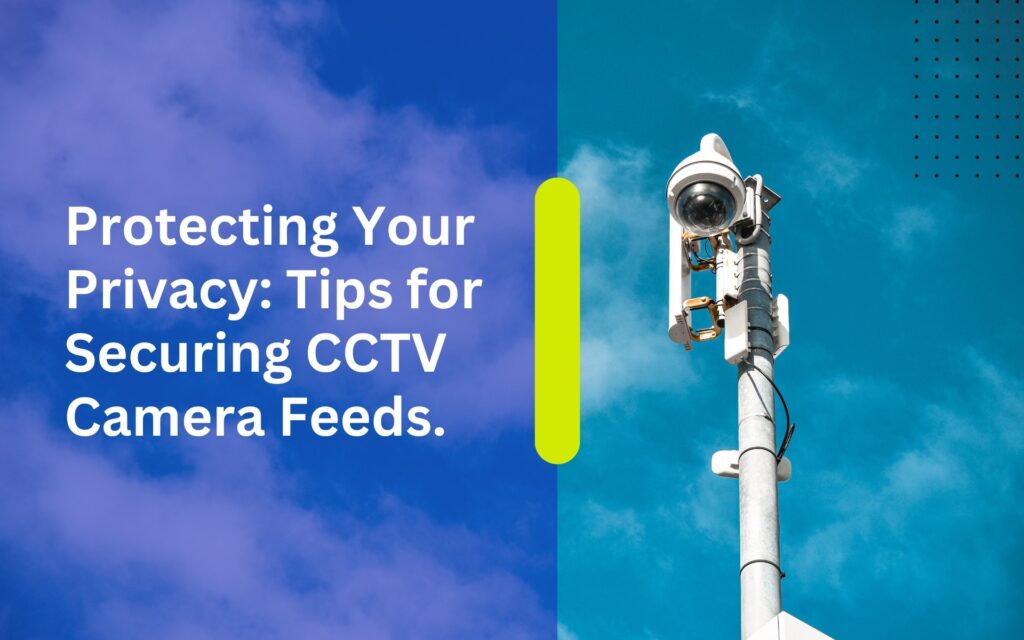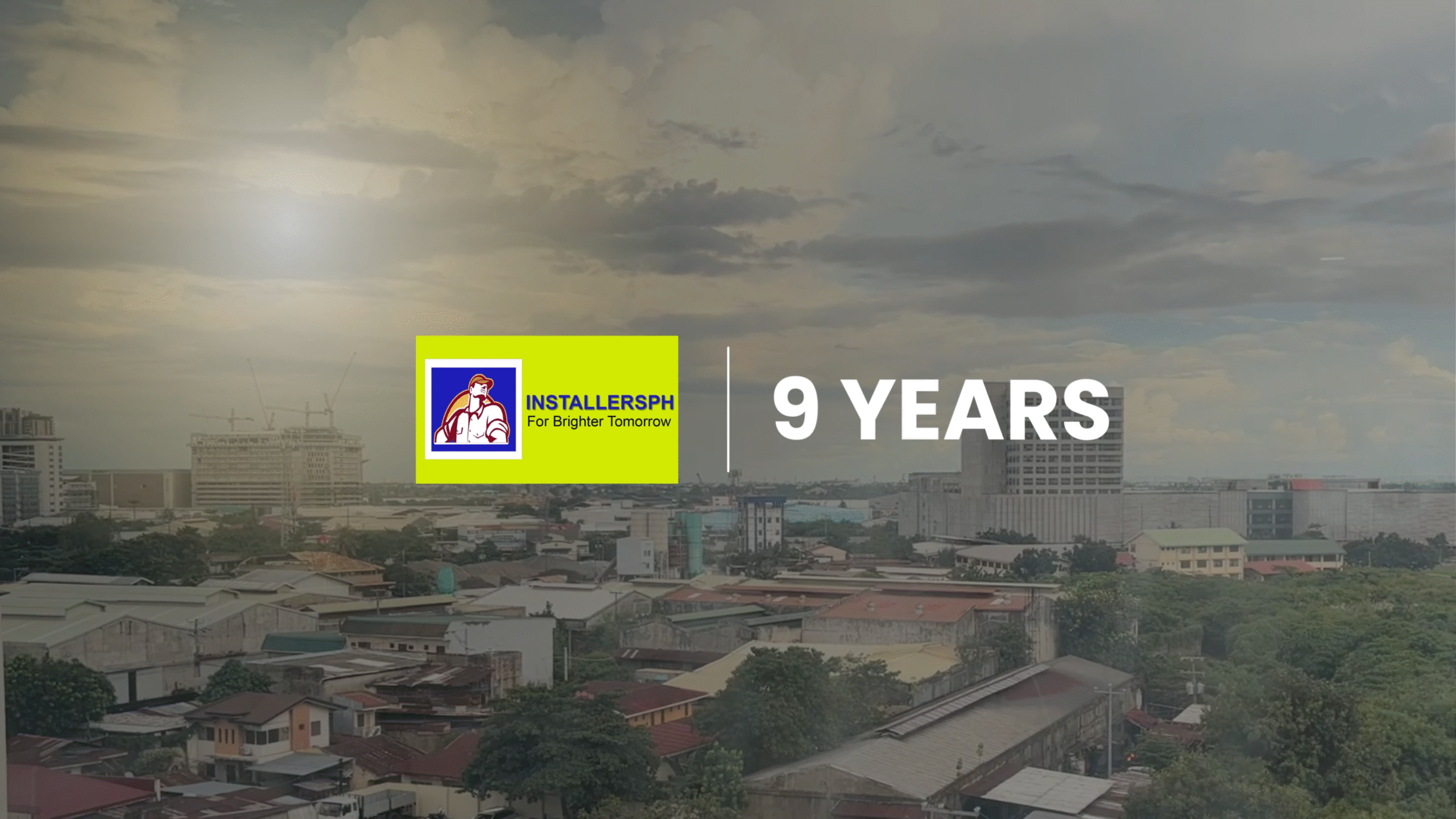InstallersPH IT Solutions 2026 AVP: A Brighter Tomorrow Built on Nine Years of Innovation and Dedication. Introduction. As InstallersPH IT Solutions proudly celebrates its ninth year of service in 2026, the company …
Protecting Your Privacy: Tips for Securing CCTV Camera Feeds.

Introduction
In an era where surveillance technology is becoming increasingly ubiquitous, the protection of privacy has emerged as a critical concern. Closed Circuit Television (CCTV) cameras, once primarily used for security purposes in public spaces and businesses, are now commonly deployed in residential settings as well. While these cameras serve a valuable purpose in deterring crime and enhancing safety, they also pose potential risks to personal privacy if not adequately secured. In this article, we’ll explore the importance of protecting CCTV camera feeds and provide actionable tips for safeguarding your privacy in the digital age.
Understanding the Risks
CCTV cameras are capable of capturing high-resolution images and videos of both public and private spaces. However, if these feeds are not properly secured, they can be vulnerable to hacking and unauthorized access. The consequences of such breaches can range from minor invasions of privacy to more serious threats, including stalking, identity theft, and burglary.
One of the primary concerns with insecure CCTV camera feeds is the potential for live streaming or recording of private activities without consent. Whether it’s inside your home or within the perimeter of your property, the thought of strangers having access to intimate moments is unsettling, to say the least. Additionally, compromised CCTV systems can be exploited by cybercriminals to gather sensitive information about your daily routines, habits, and vulnerabilities, putting you and your loved ones at risk.
Tips for Securing CCTV Camera Feeds
Fortunately, there are several proactive measures you can take to mitigate the risks associated with insecure CCTV camera feeds. By implementing these tips, you can enhance the security of your surveillance system and protect your privacy effectively.
1. Change Default Passwords
Many CCTV cameras come with default login credentials, which are often easy for hackers to guess or exploit. To prevent unauthorized access, always change the default usernames and passwords to unique, complex combinations. Use a mix of letters, numbers, and special characters to create strong passwords that are difficult to crack.
2. Update Firmware Regularly
Manufacturers frequently release firmware updates to address security vulnerabilities and improve system performance. Make it a habit to check for updates regularly and install them as soon as they become available. This will help ensure that your CCTV cameras are equipped with the latest security patches and enhancements.
3. Enable Encryption
Encryption is essential for protecting the integrity of CCTV camera feeds during transmission. Look for cameras that support encryption protocols such as Secure Sockets Layer (SSL) or Transport Layer Security (TLS) to encrypt data both at rest and in transit. Additionally, consider using Virtual Private Network (VPN) technology to create a secure tunnel for remote access to your camera feeds.
4. Implement Access Controls
Restrict access to your CCTV camera feeds to authorized users only. Create unique accounts for each user and assign them appropriate permissions based on their roles and responsibilities. Avoid sharing login credentials indiscriminately, and revoke access for users who no longer require it.
5. Secure Network Infrastructure
Your CCTV cameras are only as secure as the network they’re connected to. Take steps to secure your home or business network by using strong encryption protocols, such as WPA2 or WPA3, for Wi-Fi connections. Change the default network name (SSID) and password, and consider implementing MAC address filtering to control which devices can connect to your network.
6. Enable Two-Factor Authentication
Two-factor authentication adds an extra layer of security by requiring users to provide two forms of identification before gaining access to CCTV camera feeds. Enable this feature whenever possible, and choose authentication methods that are convenient yet robust, such as SMS codes, email verification, or biometric authentication.
7. Regularly Audit Camera Settings
Periodically review the settings and configurations of your CCTV cameras to ensure they align with your security requirements. Disable any unused features or services that could potentially expose your system to security risks. Pay particular attention to privacy-sensitive settings, such as motion detection zones and audio recording capabilities.
8. Physically Secure Cameras
In addition to securing your CCTV cameras digitally, take steps to physically protect them from tampering or vandalism. Install cameras at optimal locations where they’re less susceptible to being obstructed or damaged. Consider using tamper-resistant enclosures or mounting brackets to deter unauthorized access.
9. Monitor Camera Feeds Actively
Stay vigilant by monitoring your CCTV camera feeds regularly for any signs of suspicious activity or unauthorized access. Set up alerts and notifications to notify you of potential security incidents, such as motion detection or failed login attempts. Promptly investigate any anomalies and take appropriate action to mitigate security threats.
10. Educate Users on Security Best Practices
Lastly, educate all users of your CCTV system on security best practices and the importance of protecting privacy. Provide training on how to recognize and respond to security threats effectively. Encourage users to report any security concerns or incidents promptly, and foster a culture of security awareness within your organization or household.
Conclusion
Protecting the privacy of CCTV camera feeds is paramount in today’s interconnected world. By following the tips outlined in this article, you can significantly reduce the risk of unauthorized access to your surveillance system and safeguard your personal privacy effectively. Remember that securing CCTV cameras requires a multi-faceted approach that encompasses both technical and operational controls. By taking proactive steps to secure your CCTV camera feeds, you can enjoy the benefits of enhanced security without compromising your privacy in the process.
Related Articles
How to Properly Conduct CCTV Preventive Maintenance Service (PMS). Introduction. CCTV systems play a crucial role in maintaining safety and security within properties, businesses, and institutions. However, even the most advanced surveillance …
Celebrating the Birthday of our Sales Executive, Ms. Diornelyn Subico. Introduction. Today, we take a special moment to celebrate the birthday of our dedicated and well-loved Sales Executive, Ms. Diornelyn Subico. As …


